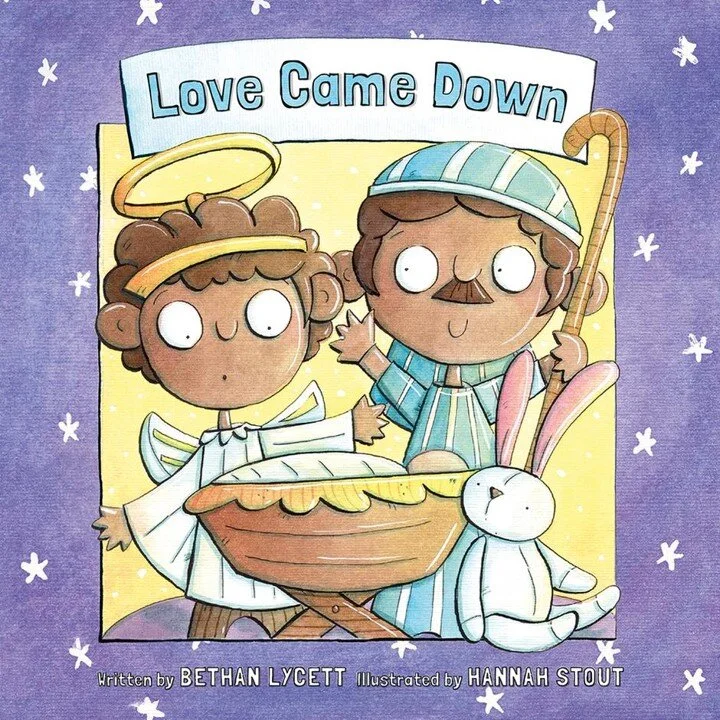As a nanny, babysitter and a friend of small children, I love an easy book with great pictures that the kids love to read. As a Sunday school teacher I love a book which contains the gospel message in a way that is easy to understand. As a book lover I really enjoy a book that’s clever in it’s simplicity, that I could read multiple times and is stunning to look at.
This is by no means an exhaustive list, but if there is something below you haven’t read, then I suggest you give it a go.
The Big Picture Story Bible
This children’s Bible is fantastic for Playgroups as there’s very little writing on each page and it’s bigger size makes it easier to show the pictures to a group. I should admit my bias because I’m friends with the author and illustrator but Dave and Gail did such a great job of highlighting the common themes of the Bible and connecting the stories together.
Plus Gail wrote a book of crafts (designed for and used with 4-5 year olds) in which there are crafts for every story in the book.
Buy the Big Picture Story Bible and Big Picture Bible Crafts
The Jesus Storybook Bible
This is my favourite kids Bible. I love to read it to kids and it’s my go to for when I want to see how a story can point us to Jesus. Even when the story isn’t in the Bible it’s helpful to remind me of how that works.
It’s also beautifully written, simple and poetic at the same time. And the illustrations are gorgeous and a little bit whimsical. I only wish there were more stories in this.
There are so many ways to accompany this with a colouring book, an audio version and even Christmas tree decorations.
Buy the Jesus Storybook Bible
Tales that Tell the Truth
This is an ever increasing series of individual Bible stories all of which are suitable for the older end of the pre-school age range. I’ve highlighted the 4 stories which also have board book versions; perfect for small children with destructive tendencies! A lovely range of different perspectives on some familiar and some less familiar true stories.
There are even some Sunday School lesson plans making this series perfect for your book box at church.
You can see all the books in the Tales that Tell the Truth series here.
Love Came Down
John 3:16 is probably the most famous verse in the Bible. In this little book Bethan Lycett has explored the different aspects of it - from the world that God has made to the son he sent to rescue it - in a fun poem for kids. It’s a great introduction to the gospel and there’s an activity book and a board book version as well.
Buy the Love Came Down books
Baby Believer Primer
I have to be honest and admit I haven’t read these books… yet, (getting English language christian books here can be a bit of a nightmare.) But I really wanted to iclude this series because I love this idea of teaching the basics (shapes, numbers, letters, animals…) through the lens of Bible truths. These stunning books do exactly that.
Being able to peek inside on the @catechesisbooks instagram account has conviced me that they’re such high quality and theologically sound. The Holy Week book, for example, is dual purpose; helping kids recognise their emotions and connecting those emotions to the Easter story - one of the saddest, happiest and most surprising stories ever!
Go to the Catechesis Books website.








